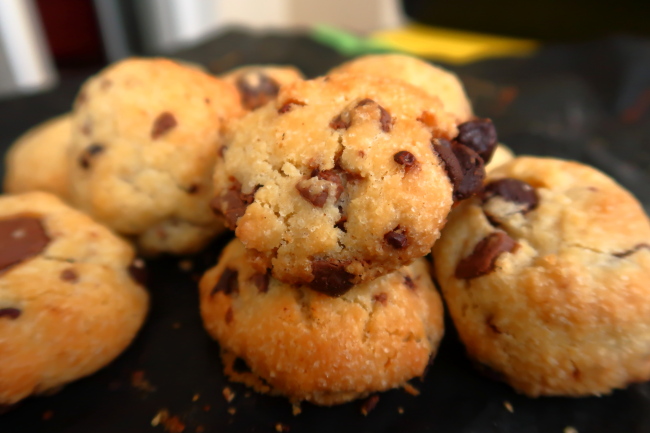In the far north of Spitsbergen, the “treasury of the world” is hidden deep underground in a bunker. What is in it and what is it used for?
Who built this treasury and why?
The “Global Seed Vault” was built in 2008 as a worldwide seed repository to preserve vital seeds. Deep in the bunker-like cold stores of this modern “Noah’s Ark”, the seed samples are protected from possible catastrophes, and are intended to secure the world’s food supply for future generations and avoid famine. The preservation of the genetic diversity of useful and cultivated plants, livestock and domestic animals and their wild relatives is also one of the sustainability goals of the UN Agenda 2030.
The “treasure” lies deep in a mountain in a former lignite and hard coal mine. Normally, the samples are cooled there to minus 18 degrees. Due to the location and the climatic conditions there, the temperature inside does not rise above minus 3 degrees, even in the event of a power failure. Over a million seeds from cultivated plants from all over the world are now stored there. The purpose behind it: Scientists want to protect these valuable biological resources from crises and disasters so that they can be made available to future generations.
They are packed in plastic boxes and waterproof aluminum bags and stored in the bunker, protected from earthquakes, flood disasters, acid rain, rocket attacks and radioactive radiation.
249 countries store seeds
Initially, African countries provided seeds for the Svalbard Global Seed Vault. Many more followed: amaranth from Ecuador, wild beans from Costa Rica and chickpeas from Nigeria, but also tomato varieties from Germany are stored there. Today, 249 countries store seeds there. The samples are mostly old and rare varieties that have been bred by farmers over a long period of time. The samples are always secured in three ways:
The state, i.e. the owner of the seeds or seedlings, keeps a sample
A sample goes to an international gene bank
The third after Spitsbergen
On the occasion of the tenth anniversary of the seed vault, the Food and Agriculture Organization of the United Nations (FAO) estimated that around 40 percent of the agricultural seed used worldwide is stored in the vault on Svalbard.

Who can enter this treasury and what does the climate catastrophe have to do with it?
Normally no one who is not directly involved in this treasure trove has access to it. Access is strictly forbidden for tourists or other visitors in order not to expose the valuable seeds to contamination or even destruction. Incidentally, the Norwegian government bears the costs for this facility, and seed storage is free of charge. The conversion to this seed store cost 18 million euros. To date, seed has only been taken once. In 2015, Syria had to fall back on the stored seeds because its own facility in Aleppo was destroyed during the war.
But the treasury was also threatened by the climate catastrophe. In 2017, water entered the entrance of the Svalbard Global Seed Vault. Unusually high autumn temperatures had melted the permafrost. Even if the water did not penetrate to the storage area, the bunker was extensively rebuilt over a period of two years and adapted to possible thaw weather. In view of the consequences of the climate crisis, it should now be able to survive for the next 200 years. The old entrance tunnel has been replaced with one made of waterproof concrete, cooling pipes support the frost. Technical systems were relocated to a new building to keep unwanted heat away from the storage. The seed is now also received there.
This facility can be seen as the last resort for feeding humanity. In an emergency, the seeds stored there can be used to grow new seeds in order to ensure the food supply of individual countries or worldwide. Let’s hope we never have to resort to it to this extent.





